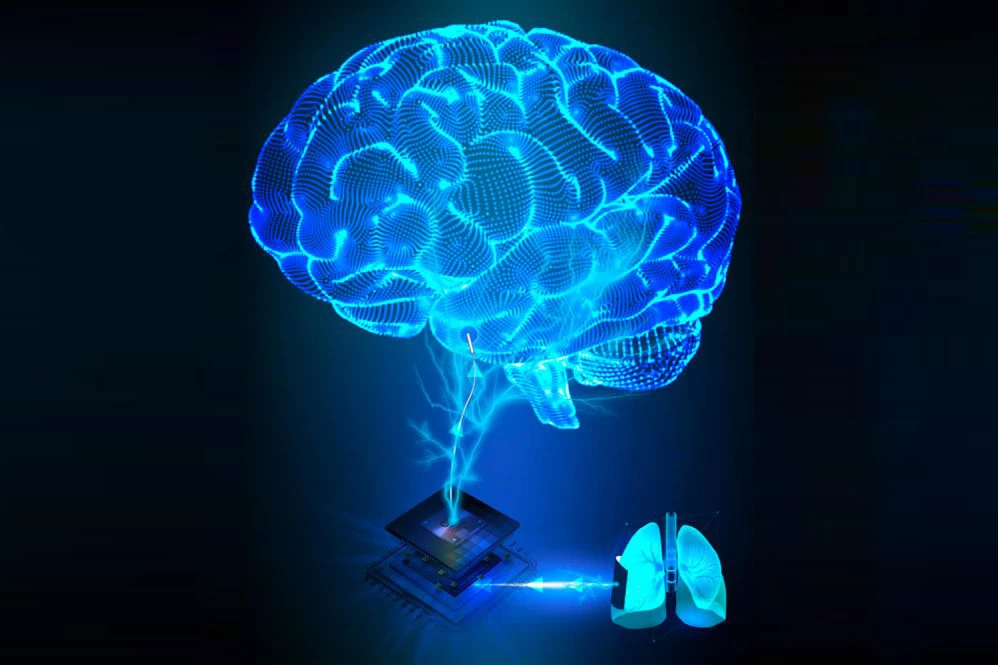Implants that regulate electrical activity in the brain have been used to treat Parkinson’s symptoms for decades, and lately we’re seeing how they might do so much more. A new design could greatly improve the experience of living with these devices, by using integrated triboelectric generators to convert a user’s breathing movements into electricity.
Deep brain stimulation involves implanting tiny wires into targeted areas of the brain to deliver mild electrical pulses, intervening to correct abnormal electrical activity in the organ. The technique was approved to treat Parkinson’s tremors in 1997, but we’ve recently seen scientists adapt it to treat depression and impulsive behavior, with promising early results.
Around 150,000 patients receive these implants every year, with the device placed under the skin of the chest and the wires traveling up to the brain. In their current form, the devices run on batteries that need replacing every two or three years, and each time they are a surgical procedure is required for the exchange.
We’ve seen some interesting advances in pacemaker technology designed to solve this same problem in patients with heart rhythm disorders. Researchers have demonstrated experimental pacemakers that can be powered by the body’s own muscles, for example, or even their heartbeats.
Scientists at the University of Connecticut have now applied this type of thinking to deep brain stimulation. Their creation is based on the triboelectric effect, where certain materials become electrically charged when they rub up against each other, such as a balloon and your hair.
The team designed a deep brain stimulation device that could harvest this type of energy via a person’s breathing movements. The implant consists of layers of triboelectric materials that generate electricity from friction. This electricity charges up a biocompatible supercapacitor, which in turn powers the deep brain stimulator.
“We created our triboelectric nanogenerator using new nanomaterials which produce significant energy output when they come in contact with each other, enough energy to run the deep brain stimulator,” says study author Esraa Elsanadidy.
The team tested out their device on a simulated pig, which consisted of a pig lung that could be inflated and deflated via a pump, as it would be during inhalation and exhalation. This motion caused rubbing between the triboelectric materials and the generation of electricity, which the stimulator was able to use to create 60 electric pulses per second. These were then used to stimulate mouse brain tissue ex vivo.
“This is the first system that combines all the pieces; efficient energy harvesting, energy storage and the controlled brain stimulator,” said team member Islam Mosa. “We demonstrated that our self-sustainable deep brain stimulator can intermittently stimulate the brain tissue by alternating periods of stimulation and periods of no stimulation which is an effective deep brain stimulation approach for treating psychiatric conditions.”
From here, the team plans to test the system on large animals.
The research was published in the journal Cell Reports Physical Science.
Source: University of Connecticut




